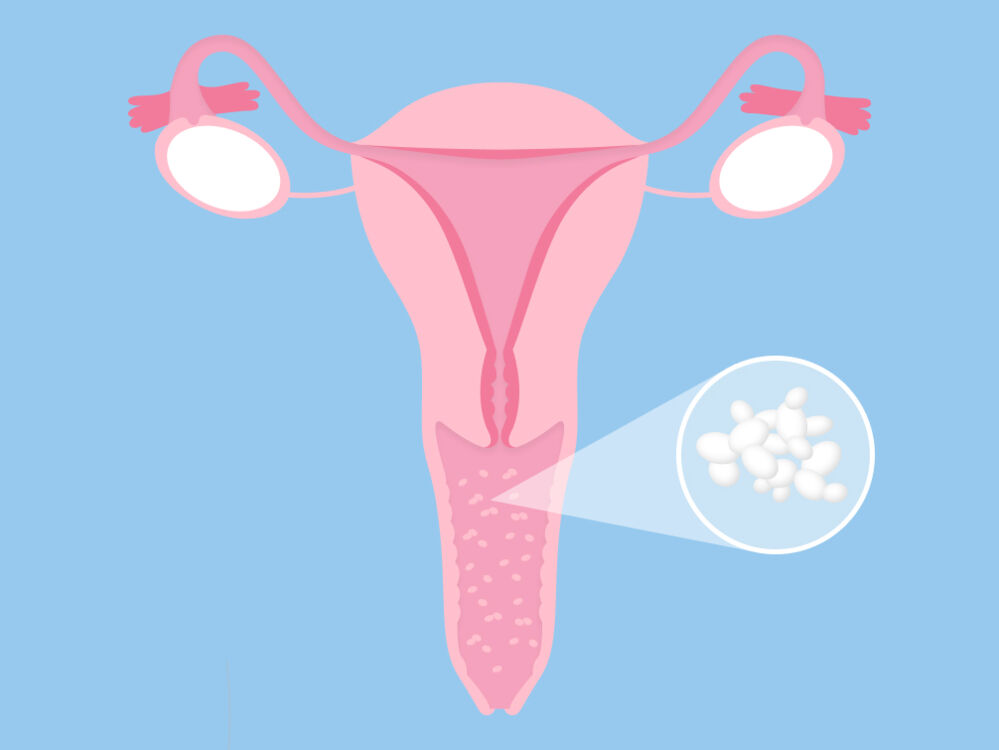Several factors determine whether a normal delivery (vaginal delivery) is possible for a pregnant woman. These factors can vary from one pregnancy to another and depend on the overall health and circumstances of the mother and baby. Here are the key factors that influence the possibility of a normal delivery:
- Mother’s Health:
- The mother’s general health and well-being play a significant role. A healthy pregnancy with no serious medical conditions or complications increases the likelihood of a normal delivery.
- Baby’s Position:
- The position of the baby in the womb is crucial. The baby is ideally positioned head down (vertex presentation) for a normal delivery. If the baby is in a breech (buttocks or feet first) or transverse (sideways) position, it may complicate the delivery and increase the likelihood of a C-section.
- Baby’s Size:
- The size and weight of the baby can influence the ease of delivery. Babies that are unusually large (macrosomic) or very small may pose delivery challenges. The mother’s pelvis size and shape also play a role in accommodating the baby.
- Pelvic Anatomy:
- The shape and size of the mother’s pelvis can affect the passage of the baby through the birth canal. An adequately sized and shaped pelvis is important for a normal delivery.
- Previous Deliveries:
- If the mother has had previous successful normal deliveries without complications, it increases the likelihood of having another normal delivery in subsequent pregnancies.
- Medical Conditions:
- Certain medical conditions, such as gestational diabetes or hypertension, can impact the possibility of a normal delivery. Proper management of these conditions during pregnancy is important.
- Labor Progress:
- The progress of labor and contractions during the early stages of delivery is crucial. Prolonged labor or insufficient cervical dilation may require medical intervention or a C-section.
- Age of the Mother:
- While age alone is not a determining factor, advanced maternal age (usually considered to be 35 and older) can be associated with a higher risk of complications that might affect the mode of delivery.
- Birth Plan and Preferences:
- The mother’s birth plan and preferences, if they align with a desire for a normal delivery, can influence the choice of delivery method. Open communication with healthcare providers is essential.
- Hospital Policies and Protocols:
- Hospital policies and protocols may vary, and they can impact the options available for delivery. It’s important to be aware of and discuss these policies with your healthcare team.
It’s crucial for pregnant women to have open and honest discussions with their healthcare providers throughout pregnancy to assess the suitability of a normal delivery based on these factors. Additionally, medical professionals will continually monitor the progress of labor to make informed decisions about the safest and most appropriate mode of delivery for both the mother and the baby.
Consult, personalized advice and guidance from Dr. Arohi Tasgaonkar, a Gynecologist in Thane at in Complete Women’s Care



